Dear colleague,
When I was a brand-new teacher in Baltimore County, the district happened to bring Dr. Harry Wong himself to teach us about the First Days of School. It was just-in-time PD that gave me some insight into what I needed to bring to my work in the first days of school.
The trouble is, it also ramped up the anxiety I felt about getting it all right from Day One.
In this article, I'll share with you the perspectives, concepts and tools I wish I had received. I'll start with the counsel, as I believe that's important in helping us to keep our anxiety about the first days of school at a level where we can function at our best.
Important Perspectives on the First Days of School
Teaching is filled with paradoxes, and here's one of them: the first days of school have special importance in determining how the school year will go; at the same time, they are not nearly as important as what happens during the bulk of the school year.
So we should take special care in preparing for these days, but we shouldn't allow ourselves to get too stressed out about them.
There Is Such a Thing as Too Stressed Out
The thing with stress (or anxiety, or pressure) is that we can only handle so much of it before our performance declines. This is true for our students, and it's true for us. The best illustration of this idea is found in the Yerkes-Dodson Curve.
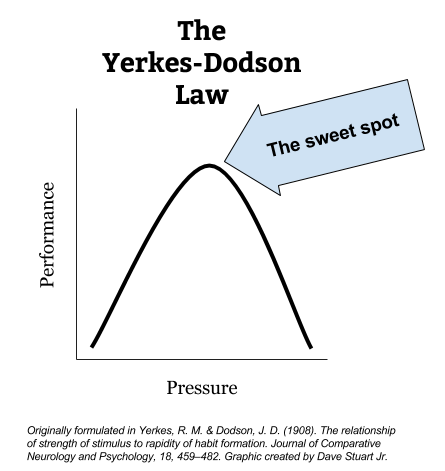
Applying this principle to your school year prep is simple:
- When I'm feeling stressed, I can tell myself that the school year is a marathon and that the first days won't make or break it for me.
- When I'm feeling too lackadaisical, I can tell myself that the first days of school do have special importance.
Now, let's discuss why each of these statements is true.
Here's Why the First Days of School Won't Make or Break Me
Over the years, countless teachers have written to me describing how something I wrote in October or December or February made a big difference in how the rest of the school year went. They learned of a new idea or approach from me, put it into practice during the middle part of the school year, and saw that new thing take root and produce fruit.
The point: course corrections are possible during Weeks 2-40. Teachers can change their minds, change their approaches, or add new tools at any point in the year. We are the weather-makers in the room, even if we have a first week of school that is straight out of a worst-case-scenario nightmare.
As I learn more and get better, I can do different things and get different results — no matter how the school year starts.
On the Other Hand, the First Days of School Are Special
From my perspective, there are two things that make the first days of school special.
- Students are especially receptive to the signals I send in the first days of school. It is here where I get to make my first impression, establish boundaries, develop norms, and teach procedures. Once the first days of school are over, I've used up my chance to do these things for the first time.
- I have more time to prepare for the first days of school than I'll have to prepare for the remaining days of school. Anyone who has had a year in the job knows that the pressures of life during the school year are different than the pressures of life before the year begins. If there were changes I sensed I needed to make when last year was ending, now is my best chance to prepare to make those changes. It'll be harder (thought not far from impossible) once school is rolling.
With this perspective established, let's get practical and talk about tools.
Important Tools for the First Days of School
Now let's look at the key tools I use for the first days of school and all the days after.
Tools that Help with Creating a Strong Foundation
These are the most basic of building blocks for a powerful school year:
- Clarity of purpose (in yourself, in your students) via an Everest Statement
- Classroom management that supports an enjoyable and productive learning experience for all students
- Time management so that I'm using lesson time and instructional days intentionally and with increasing skill
- **Optional** Some basic classroom posters
- This is where folks often obsess too much before the year starts. Don't do that. Here's a brief take on all the posters in my room.
If you need help with any of the above, check out those links. Each is a brand-new article in which I break down the tool and empower you to use it well.
Tools That Help With Focusing Your Teaching on What Matters Most
Now then — what the heck are we supposed to do with our students while they're in class with us? I mean, Everest statements are great, classroom management plans sound smart — but what are we actually doing?
That's basically what my book These 6 Things is all about.
It starts with this goal: growing toward mastery. That's the bullseye, every lesson, every day. We want our students to [insert your Everest statement here]! We want our students to grow toward mastery.
So what do we need in order to hit that bullseye?
Well, first we're going to need some student motivation. After all, we can't make a single one of our students master anything. They've got to 1) do the work of learning, and 2) do that work with care. If they're not into it, anything else we do is going to be multiplied by that giant bummer of them not being into it.
That's where the Five Key Beliefs come in, which you can learn a ton more about here or, even better, in The Will to Learn or Chapter Two of These 6 Things.
So, first we cultivate the Five Key Beliefs…but while doing what? We can't just have math and science and social studies classes filled with 5KB cultivation activities, can we?
(No, we can't. Please don't do that.)
Of course not. So next, we need to think about:
- What STUFF do we want them to learn and get good at?
- What kinds of THINKING do we want them to do with that stuff they're learning?
In the book, I treat these two things as knowledge-building (Chapter Three) and argument (Chapter Four).
Knowledge-building and argument are critical moves in any teacher's arsenal. The better we understand them and the role they play in mastery development in our disciplines, the more efficient we'll become as lesson planners and learning designers.
- For a BEAUTIFUL, WONDERFUL, JOYFUL, REWARDING method of incorporating whole-class arguments into your classroom this year, check out Pop-Up Debates.
- Seriously. Try these this year. That link above is a brand-new article on all things PUD.
And that's how basic literacy modes work, too. Considered correctly, reading and writing and speaking/listening are just another layer of tools that we can bring toward the work of mastery development in our classrooms. That's why they form the final layer of the bullseye.
These six tools are literally the only thing you'll ever see happening in my classroom. When I'm planning tomorrow's lessons, I think:
- What are we working toward mastering right now? How can I help my students get there tomorrow?
- What can I do during the lesson to cultivate the Five Key Beliefs?
- What knowledge can I help my students build?
- How can I get my students arguing about what we've been learning?
- How can I help my students build knowledge or prepare for an argument using a text or two?
- How can I help my students build knowledge or argue using writing?
- How can I help my students build knowledge or argue using speaking and listening?
You don't use all six things all the time. That would be impossible. Onerous. Distracting. You use them as it makes sense. You experiment. You play.
That's the gist of These 6 Things. It's a great book to study and play from this school year.
And if you're thinking, “Wow, all that just so Dave could get a book sale,” my answer is, “No.” I have zero percent interest in a book being sold for no reason. I have one hundred percent interest in a book being sold and used so much that its cover falls off. I wrote the book for that reason. I still use my copy today.
Tools that Help with Cultivating Student Motivation from Day One
Now, it's helpful for us to drill deeper into how to cultivate student motivation at the start of the school year. The research is pretty clear on the idea that beliefs are most malleable during times of transition. In other words, the start of the year is fertile soil for Five Key Belief cultivation.
So to save you the time of reading The Will to Learn, let me make some straightforward recommendations for starting the year.
- First, familiarize yourself with the Five Key Beliefs using this straightforward article.
- Next, get yourself set up for tracking attempted moments of genuine connection (MGCs). Everything you need for doing that is here. This is going to get relationships forming between you and students, and it'll take way less time and energy than the typical barrage of “get to know you” activities that teachers often use. That saved time and energy can be put toward better ends. These MGCs are going to help you cultivate Credibility and Belonging in your students.
- Next, we've got to start cultivating Value in your students using mini-sermons and what I call “valued within” exercises. Everything you need for mini-sermons is here, and everything you need for valued within exercises is here. This is going to get you cultivating Value from two key directions: externally (from you to them) and internally (them to themselves). Mini-sermons also cultivate Credibility because they signal that you are passionate and that you are competent enough to know they need to hear why they are doing what they're doing in your class.
- Next, we've got to teach them how to do the things that lead to success in your class. I call this Woodenizing, after John Wooden's old habit of teaching his college basketball players how to put on their socks and shoes. You don't Woodenize just the small stuff (e.g., how to enter the classroom, how to complete a warm-up); you also Woodenize the big stuff (e.g., how to take notes that actually help with learning, how to study for a test). This does two things: 1) it again helps your Credibility because it shows you know how to teach them, you care about their success, you are serious about this work of learning; and 2) it cultivates the Effort belief, making clear to them what good effort looks like.
- Next, we've got to help our students better understand what success is and interpret their progress using that definition. Everything you need for defining success well is here; everything you need for unpacking outcomes is here. This is going to pay huge dividends in the Efficacy belief over time, which will reinforce the Effort belief (and like with the previous strategies, it boosts your Credibility all the while because it shows you know what the heck you're doing).
- Finally, we've got to normalize struggle. Everything you need for normalizing struggle is here. This helps thwart the motivation-plaguing demon of anti-Belonging that terrorizes so many students.
The recommendations above are what I'm calling a minimalist approach to student motivation. These plus nothing else will yield uncommonly strong growth in the Five Key Beliefs.
Well, well, well…that's a lot, isn't it? But what I promise is that it all ties together. The more we understand these basic tools and use them, the more we see how they are woven together in ways that are beautifully simple yet powerfully robust.
I'll be teaching with these tools right beside you this year,
DSJR
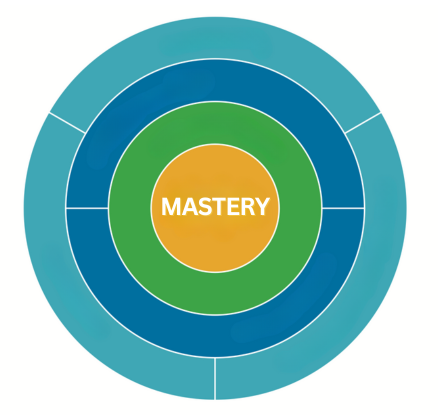
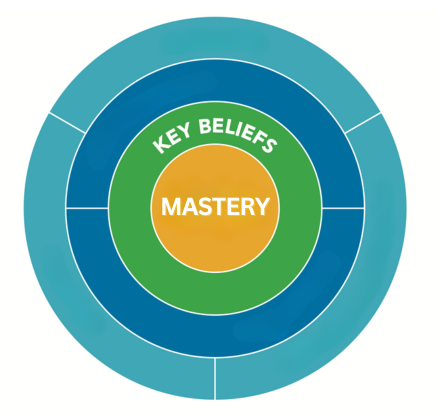
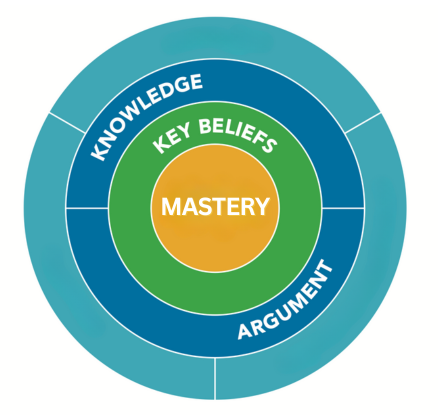
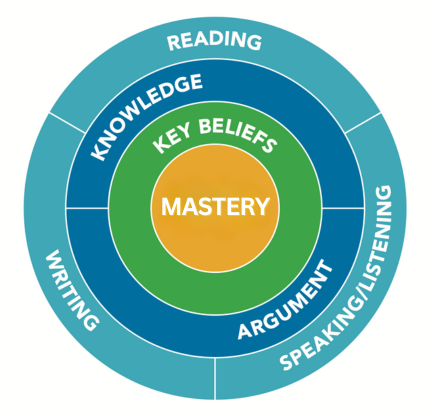
Leave a Reply